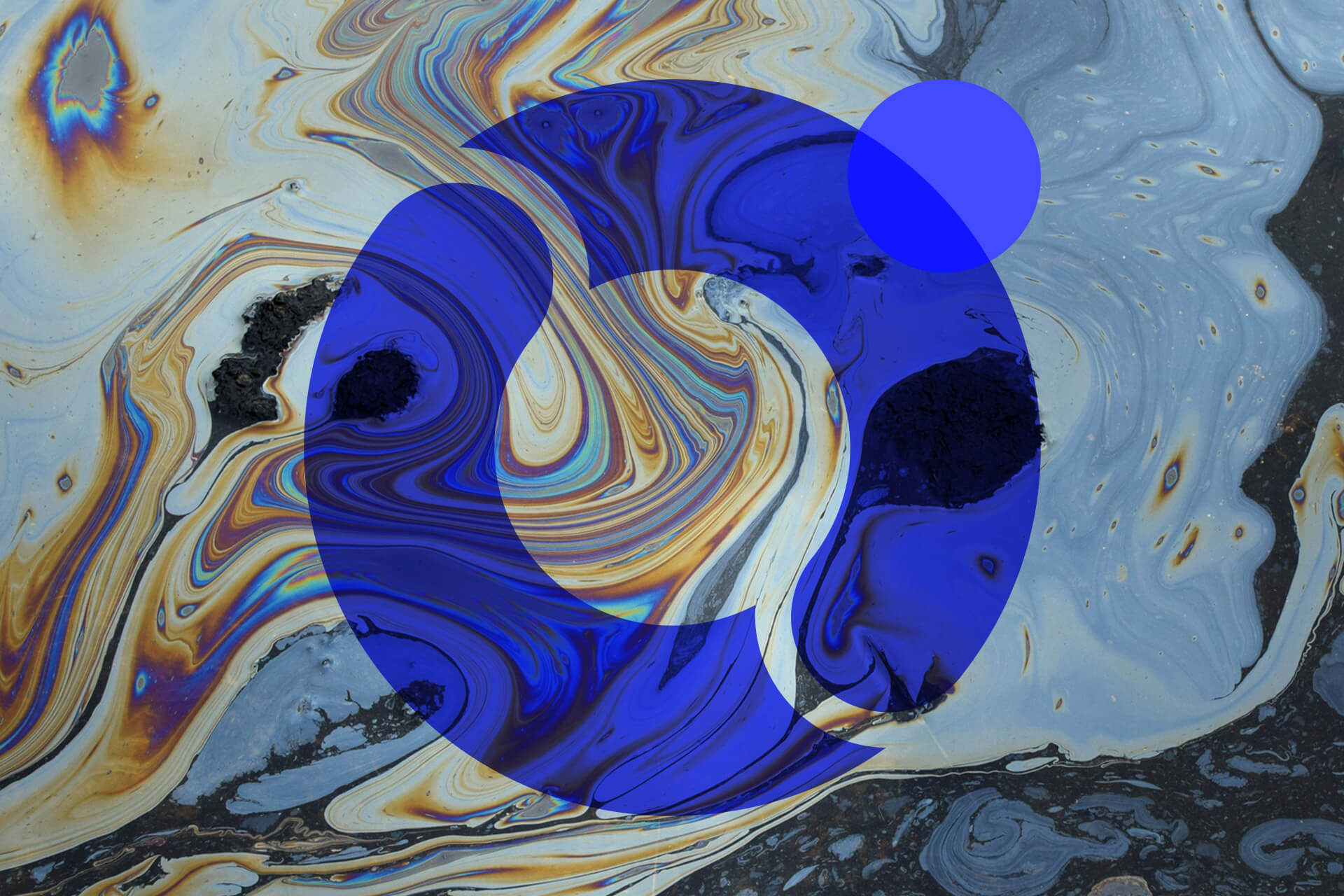



Revolutionized is reader-supported. When you buy through links on our site, we may earn an affiliate commision. Learn more here.
Without water, life on Earth would be impossible. Yet, humans continue to pollute this most precious resource — and we are paying the price. Unsafe water kills more people each year than all violence and war combined. If you think you are safe from polluted water, think again. Potentially harmful toxins, such as arsenic and lead, have been found in the tap water of every single state in America. Water is an incredibly effective solvent, which makes it easy to pollute and, therefore, incredibly difficult to clean. There are many causes of water pollution. How do humans contribute to the environment’s detriment?
The agricultural sector has a major impact on water usage and pollution. Farming and livestock require about 70% of the Earth’s surface water. In addition to using the vast majority of the global freshwater supply, agriculture also works overtime to pollute it. In the U.S., agricultural pollution is the No. 1 cause of water pollution in rivers and streams. However, the pollutants can also reach wetlands, lakes and oceans.
Each time it rains, pollutants from farms and livestock operations wash waste and chemicals into waterways. This runoff is extremely toxic to animals and humans. Excess phosphorus and nitrogen in the air and water cause nutrient pollution. This causes algae blooms that affect both the body of water and all living organisms within it.
Wastewater is any previously used water. It comes from sinks, showers, toilets, hoses and many other sources. It usually carries sewage or waste along with it. This also includes stormwater runoff, which brings oils, chemicals and debris from roadways and other surfaces into our water supplies.
In the U.S., water treatment plants process billions of gallons of water each day, removing pathogens, sewage, metals, waste and other toxic materials. The clean water is then recycled back into our waterways to be used again. Unfortunately, 25 times as much wastewater goes untreated, making it one of the main causes of water pollution.
Big spills like the Gulf oil spill or the Keystone Pipeline spill may make headlines. However, consumers account for the overwhelming majority of oil pollutants in our water. Oil and gasoline drips from cars land on roadways and can slip into waterways in rainstorms. Routine shipping and seaport operations have also increased oil pollution.
Because oil is insoluble in water, it remains at the surface, preventing light and oxygen from getting through. This can extensively harm and even kill wildlife and entire marine communities, as dissolved oxygen is essential to aquatic life. Moreover, about 1 million tons of oil seeps into marine environments each year.
Plutonium and uranium also pollute waterways. These are necessary elements in the production of nuclear energy, and both are extremely toxic. These chemicals and dangerous radioactive waves are produced by uranium mining, nuclear power plants, and the making and testing of atomic weapons. This radioactive waste can remain in the environment for thousands of years and threaten groundwater, surface water and marine environments.
For example, you might recall the Chernobyl nuclear accident in Ukraine or the more recent Fukushima accident in Japan. These two events resulted in the release of catastrophic amounts of radioactive material into the atmosphere, contaminating everything — including water supplies. On a smaller scale, radioactive explosions and contamination occur often in the form of bombs such as radiological dispersal devices or improvised nuclear devices. When detonated, these devices also release radioactive waste into the air and surrounding environment.
While uranium mining causes water pollution, other forms of mining also have hurt our waterways. All mined materials are released into the air as tiny particles and can make their way into water sources. Leftover materials from mining activities can easily generate sulfuric acid or produce runoff when combined with rainwater.
Operations that don’t treat or contain discharged water contaminate water sources with lead, arsenic and other toxic metal flow. This torrent is poisoning aquatic life and people in surrounding communities. For example, Colorado’s Gold King Mine accident disaster of 2015 released 3 million gallons of mine sludge, contaminating rivers across three states. Meanwhile, each day, dozens of operations continue to release millions of gallons of tainted water even now.
Even dirty air particles can result in water pollution. This is called atmospheric deposition and is caused by the burning of fossil fuels like coal, oil and gas. Water vapor absorbs more of these gases and becomes even more acidic.
In turn, the seas absorb as much as a quarter of these man-made carbon emissions, creating a more acidic ocean environment. This spells doom for fish, turtles and other marine life, who rely on clean water to find food, breathe and make protective shells. Ocean acidification harms people, too. In Alaska and the Gulf of Mexico, where fossil fuel pollution combines with runoff, fishing industries are suffering, endangering thousands of jobs.
When our plastic waste isn’t dumped into a landfill, it tends to end up in the water. Every minute, one truckload of plastic is dumped into the ocean, and, by 2030, this number is expected to increase to two per minute. Plastic bags, bottles, soda can rings and other trash is hazardous to aquatic life. Many animals can’t distinguish synthetic materials from actual food. So, they often ingest plastic and starve because the indigestible fibers fill up their stomachs and prevent them from eating real food.
The plastic dumped into our oceans can also have grave consequences for humans, wildlife and plants, since they contain numerous toxic compounds. Discarded fishing gear and other debris are responsible for harming more than 800 different species of marine life. Plastic also absorbs organic pollutants like toxic sponges. This act concentrates the poisons, which find their way into the food chain — and into us. Because plastic can take hundreds of years to degrade, this waste will affect our water for centuries.
An estimated 780 million people don’t have access to clean water, and pollution is one of the main reasons why. By doing your part, you can reduce water pollution, preserve biodiversity and ensure clean water for everyone.
There are several ways to preserve water and reduce your personal pollution of this valuable resource. For instance, don’t flush medications, feminine hygiene products, or other non-biodegradable items down the toilet. Many of these products end up in waterways and even on beaches. Additionally, reduce your plastic use by replacing such items with natural ones. Also, refrain from using cosmetic products with plastic microbeads, as these aren’t captured by most wastewater treatment plants and can harm marine life.
The best way to decrease water pollution is to create sustainably, but that has to start on a small scale first. By making the personal decision to reduce pollution now, we can keep our water clean for many years to come.
Revolutionized is reader-supported. When you buy through links on our site, we may earn an affiliate commision. Learn more here.


This site uses Akismet to reduce spam. Learn how your comment data is processed.